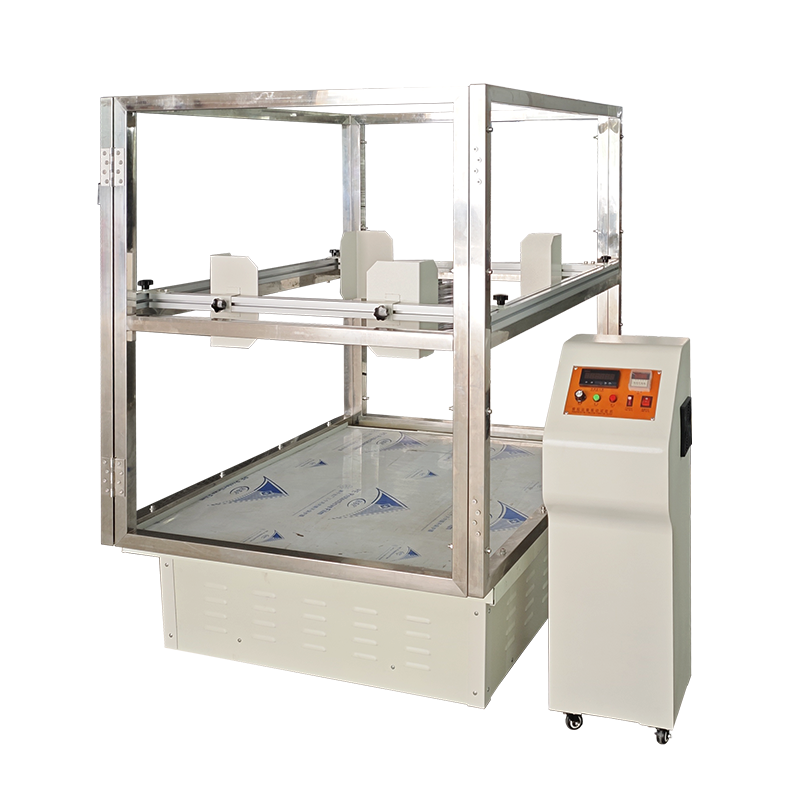
Vibration testing machine with frequency of 100-300RPM
118005.0 INR/Unit
Product Details:
X
Vibration testing machine with frequency of 100-300RPM Price And Quantity
- 1 Unit
- 118005.0 INR/Unit
Vibration testing machine with frequency of 100-300RPM Trade Information
- Cash in Advance (CID)
- 100 Unit Per Month
- 4 Days
- All India
Product Description
| Item | DR-B216 |
| Max. Test Load | 100kg |
| Frequency Range | 60-300rpm |
| Amplitude Range | 25.4mm (1 inch) |
| Simulation Speed | 25~40km/h |
| Vibration Mode | Roundtrip |
| Work Table Size | 1000*1200 mm ( L*W, can be customized ) |
| Outside dimension ( L*W*H ) | 1255*1070*660mm |
| Speed Mode | DC converter or AC Frequency Control |
| Power Capacity | 1 HP |
| Weight | 150kg |
| Power | 220V, 50 Hz |
| Speed Mode | DC converter or AC Frequency Control |
| Environmental Conditions | Temperature: 5~40C; Related Humidity <85% |
In the industrial field, frequency 100-300RPM vibration tester is one of the core equipments for vibration performance testing, especially suitable for those product tests that need to simulate low and medium frequency vibration environment. This equipment is widely used in electronics, machinery, aviation, automotive and other industries, and can effectively assess the seismic capacity and reliability of various equipment, materials and products. This article will introduce the working principle, main features and common applications of this equipment to help you better understand the important role of vibration tester with frequency 100-300RPM in different fields.
Working Principle
Frequency 100-300RPM vibration tester is based on the motor-driven principle, by adjusting the motor speed to simulate the vibration in different frequency ranges, applicable to all kinds of product fatigue testing, durability assessment, etc.. It is capable of generating vibration frequencies from 100 to 300 revolutions per minute (RPM), which is suitable for lower frequency product testing. Through a sophisticated control system, the tester can stably generate vibration at a specified frequency, simulating different vibration conditions faced by products in a real working environment.
Main Features
Wide frequency range
Frequency 100-300RPM The vibration tester is capable of providing a vibration frequency range of 100 to 300RPM, which is suitable for testing products in most low-frequency vibration environments. It is especially suitable for those products or materials that are sensitive to low-frequency vibration, such as automotive parts and electronic components.
High precision control
The equipment adopts advanced microprocessor control technology and has a high-precision frequency control system, which can accurately adjust the vibration frequency and amplitude to ensure the reliability of the test data. The vibration parameters during the test can be precisely set and adjusted to meet various test requirements.
Stability and durability
Frequency 100-300RPM vibration tester is well-designed and made of high-quality materials, which can maintain excellent stability and durability in long-term use. Even under high workloads, the vibration output remains stable, ensuring the accuracy of every experiment.
Multi-functional applications
This tester is not only suitable for routine vibration testing, but also capable of comprehensive fatigue testing, durability analysis, structural performance verification, etc., making it an indispensable tool in the laboratories of many industries. Whether in the automotive, aerospace, electronics or mechanical fields, it can meet a variety of different vibration testing needs.
Easy operation and intelligent control
The equipment adopts humanized operation interface, equipped with touch screen display and intelligent control system, users can easily set the required test parameters. The operating system is simple and easy to understand, even without professional background operators can quickly get started.
Application Fields
Automotive industry
In the automotive industry, the frequency 100-300RPM vibration tester is mainly used to test the vibration performance of automotive parts, interiors, engine components, etc. in different working environments. Especially when testing the durability and stability of the engine, transmission system, suspension system and other components, the equipment is able to simulate the impact of vibration in real driving conditions.
Electronic Product Testing
For electronic products, especially precision instruments, sensors, displays, etc., low-frequency vibration may affect their function and performance. Frequency 100-300RPM vibration testers evaluate the performance of electronic products under vibration conditions by simulating vibration during transportation or use.
Aerospace
In the aerospace field, the equipment is used to simulate the vibration environment of vehicle components and satellite equipment during launch and flight to help researchers verify the reliability of these components in extreme environments.
Mechanical Equipment Inspection
Low-frequency vibration testing is essential for mechanical equipment and components, especially high-precision mechanical parts. This vibration tester ensures that each mechanical component is resistant to compression and fatigue in vibration environments, ensuring long-term stable operation.
Construction Material Testing
In the construction field, a vibration tester with a frequency of 100-300 RPM can be used to test the seismic performance of building materials, simulating vibrations in natural environments such as earthquakes, to ensure the safety and stability of materials during use.
Frequently Asked Questions (FAQ)
Q1: What is the vibration range of the Frequency 100-300RPM Vibration Tester?
A1: The 100-300 RPM vibration tester is capable of providing a vibration frequency range of 100 to 300 revolutions per minute, which is suitable for low-frequency vibration testing and is commonly used to simulate the working environment of automobiles, electronic products, and so on.
Q2: What are the main applications for this vibration tester?
A2: The 100-300 RPM vibration tester is widely used in many industries such as automotive, aviation, electronics, building materials, etc. It is especially suitable for performance testing of products that are sensitive to low-frequency vibration.
Q3: Is it possible to adjust the vibration frequency?
A3: Yes, the machine supports adjustable vibration frequency, which allows users to accurately set the frequency range according to different testing needs to ensure the accuracy of test results.
Q4: Is the operation of the 100-300RPM vibration tester complicated?
A4: The tester is very easy to operate, equipped with an intelligent control system and a touch screen display, so even people without a professional operating background can quickly get started and perform normal tests.
Tell us about your requirement

Price:
Quantity
Select Unit
- 50
- 100
- 200
- 250
- 500
- 1000+
Additional detail
Mobile number
Email



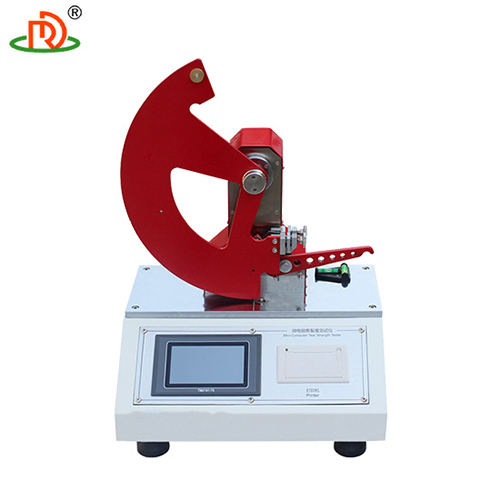
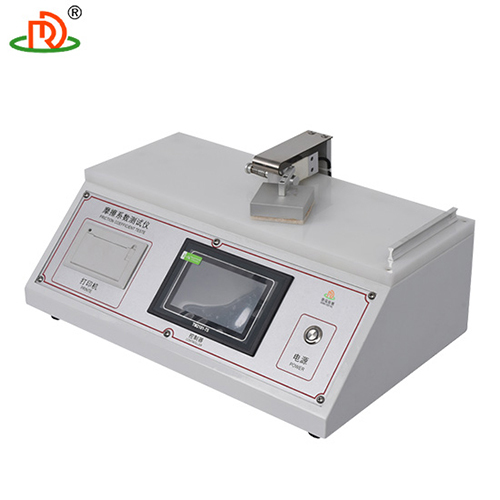
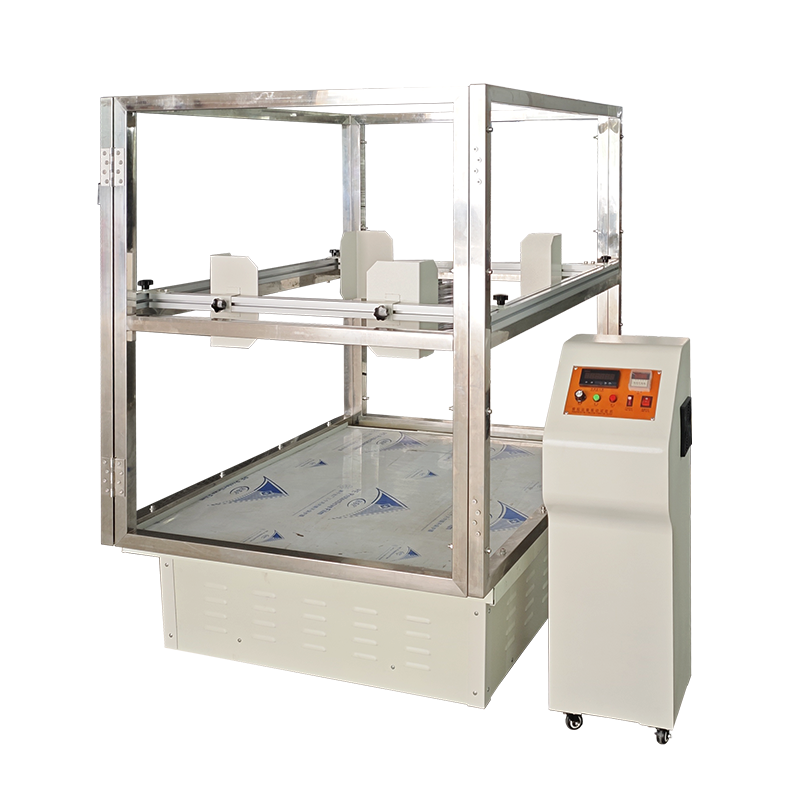
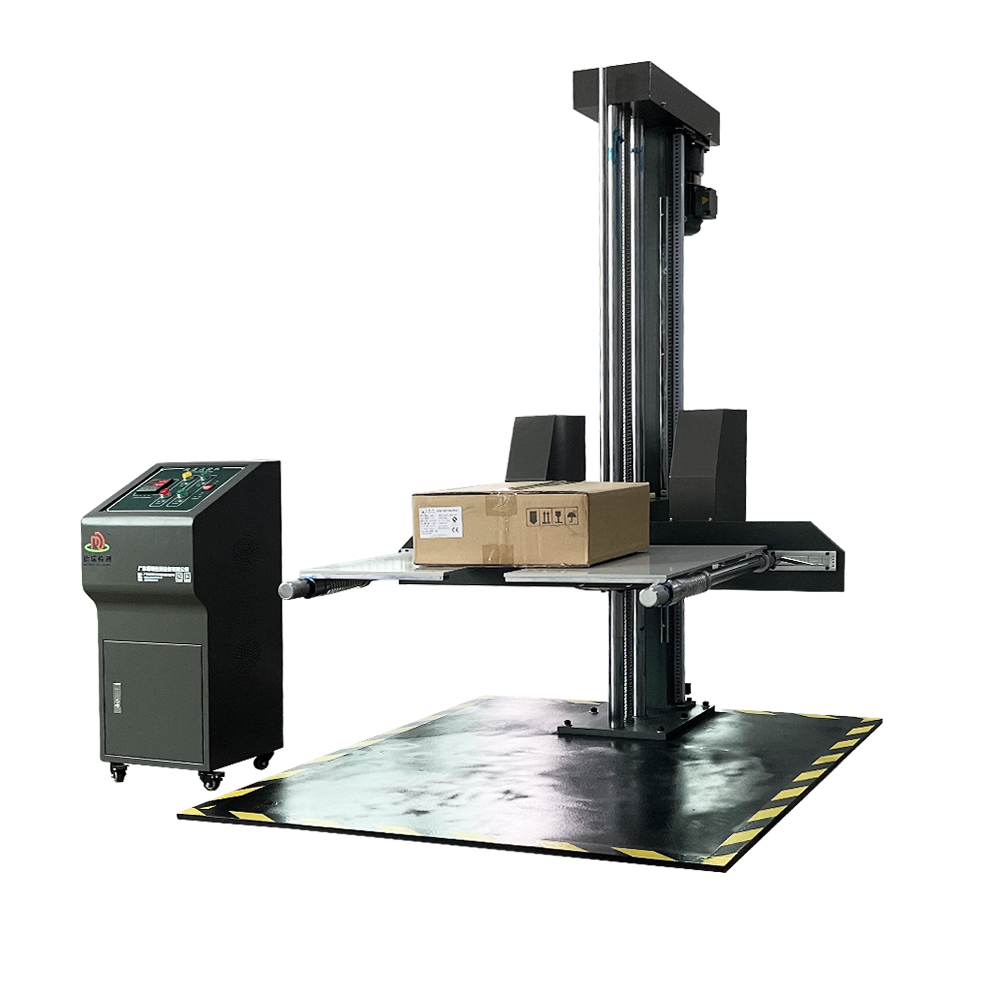

 English
English Spanish
Spanish French
French German
German Italian
Italian Chinese (Simplified)
Chinese (Simplified) Japanese
Japanese Korean
Korean Arabic
Arabic Portuguese
Portuguese